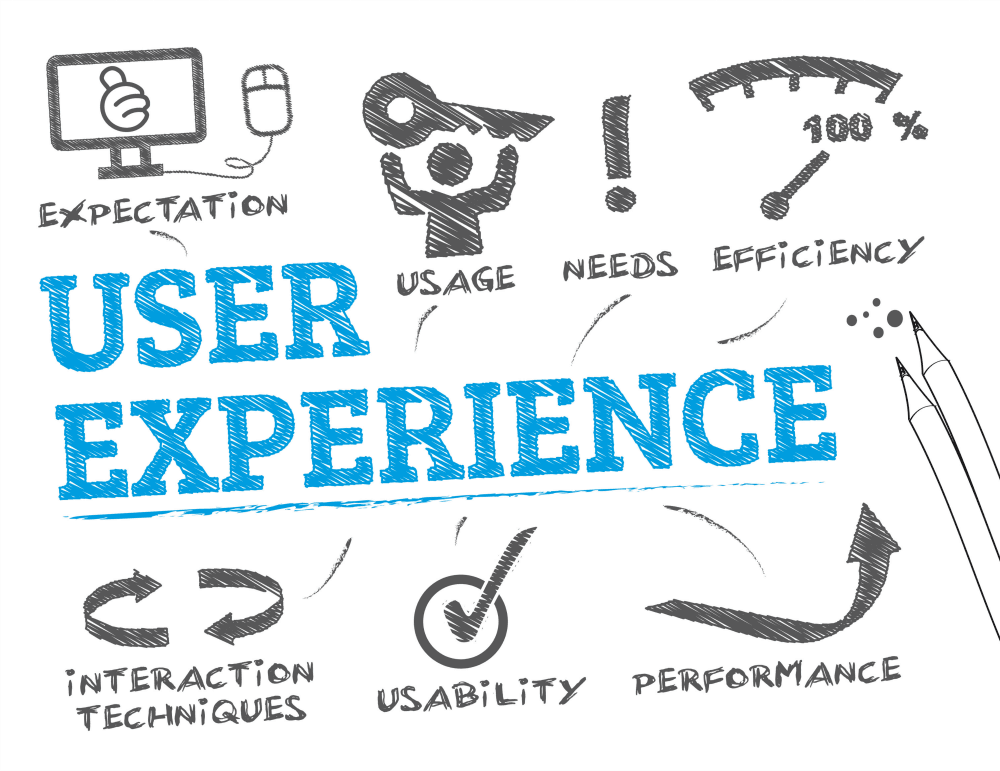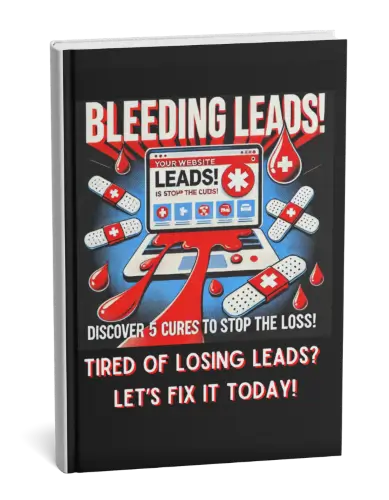
Creating powerful brand storytelling is essential to building and sustaining a successful business. By crafting an engaging narrative, businesses can create a memorable image that consumers will latch onto. Creating a consistent brand image can help establish credibility and trust among your target audience.
This can help them see you as an industry leader and build trust and loyalty with your customer base. While there are many elements that go into creating a compelling story, following these essential elements of powerful brand storytelling will help ensure that your story is both engaging and effective.
A brand’s backstory, mission, and the consumer pain point(s) it alleviates are the elements that make up the brand’s “story.” When your brand’s story hits home with consumers and sets you apart from the competition, you gain new fans and expand your client base.
A brand story is going to enable your customers to understand what your beliefs and your purpose are without you ever mentioning it. You can express your brand story through web design, blogs, or other types of content. It is up to you to decide how you will do it.

Historically, the oral storytelling tradition has served as the primary education means. People have been using storytelling as a persuasive, informative, and thought-provoking tool from the beginning of time. Back in the day, people turned to tales to help them make sense of the world. Anyone listening to a skilled storyteller did so out of respect. Today, a story’s very nature makes it likely to spread quickly and widely online. Studies have shown that anecdotes are 22 times more remembered than cold, complex data. Our ability to comprehend and remember narratives, rather than bare data, has been demonstrated by neuroscientists and historically validated.
The mind’s capacity for processing information is expanded by listening to stories. We naturally tend to doubt and fight when confronted with cold, hard facts, but when presented with a tale, our minds are more likely to relax and take in the information. Therefore, to make your brand identity stand out, you need to incorporate storytelling in one form or another.
Whom are you marketing to? The first step in creating a compelling story is to know your audience. Demographics are an excellent place to start, but don’t stop there. Understanding your audience’s interests, needs, and pain points will help you create a story that they will resonate with. Identifying and understanding your audience is one of the most critical steps in creating a powerful brand story, whether you are trying to attract new customers or maintain relationships with existing customers.
Once you’ve identified your audience, consider what narrative you want to tell your audience. The story should be relevant to your brand but also stand out from the competition. Most importantly, your story should be original and engaging so your audience will want to share it with others. When creating a brand story, consider all of your options and ensure that the story you tell is engaging, unique, and authentic.
A picture is worth a thousand words, so why not use that to your advantage? Rather than relying on text to convey your message, try incorporating images into your content instead. Images can greatly enhance your content and make your message much more appealing and memorable for your audience. More importantly, they can also make your content much easier to digest since people tend to respond better to visual information than plain text.

Establish your brand’s identity and be authentic in your messaging. You want to create a relationship with your customers, and the best way to do that is by being true to yourself. Customers are more likely to respond to a brand that is honest and transparent than one that tries to be something it’s not. Your message should convey the core values of your business. This will encourage customers to buy from you again and tell their friends about your company. The success of your branding strategy depends on your ability to be genuine and consistent in your message.
The most compelling stories are short and simple – most people aren’t very verbose when sharing information online. So if you’re hoping to persuade people to share your content, keep it brief and make sure it’s memorable. However, don’t forget that brevity isn’t the same as simplicity. If you try to make a short message overly simple, you’ll risk losing some of your most essential points. Make sure that your topics are delivered clearly and concisely, but don’t be afraid to use more words if that’s what it takes to get your message across effectively.
Create a draft version of your story and then share it with a few people. This way, you’ll be able to get their feedback before you finalize it. This will allow you to understand better whether your story resonates with your target audience and make any changes as needed. If possible, ask the opinions of people who fit your target audience profile to get the best results. For example, if you’re writing a blog post aimed at young professionals, you should include Millennials in your test group rather than older adults. This way, you’ll be able to get a more accurate representation of how your consumers will respond to your content.

Now that we have covered all the essential elements of powerful brand storytelling, it’s time to put them into action. Creating a successful content strategy doesn’t need to be complicated, but it does require a little bit of time and effort on your part. Therefore, if you haven’t started creating your brand story, now is the time to start.





